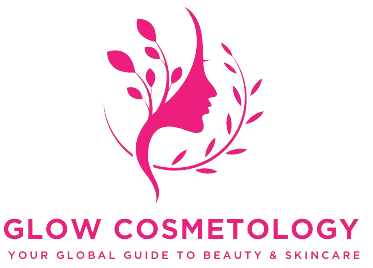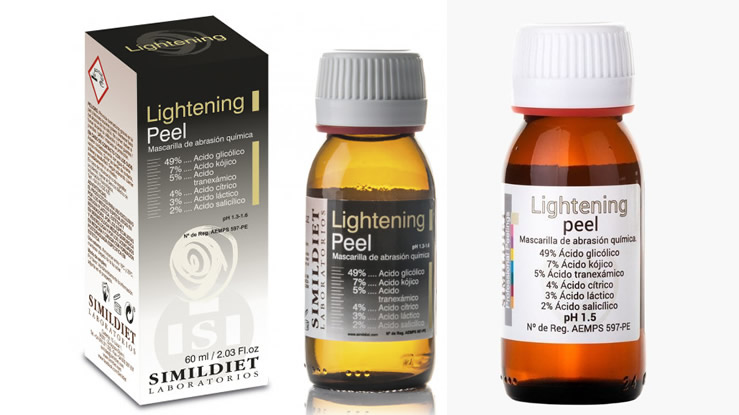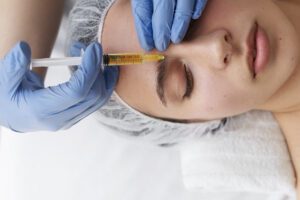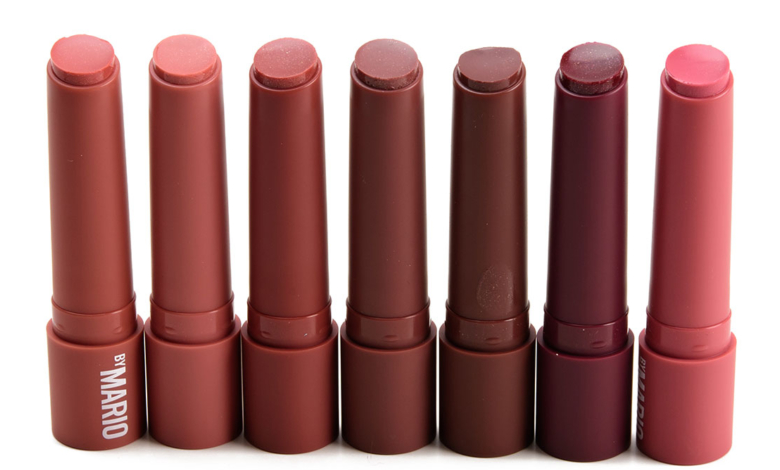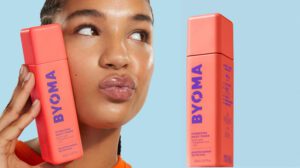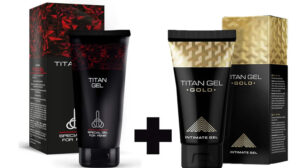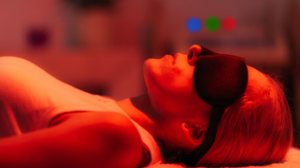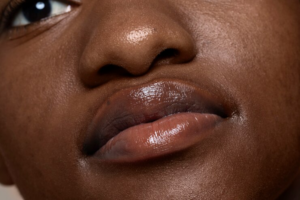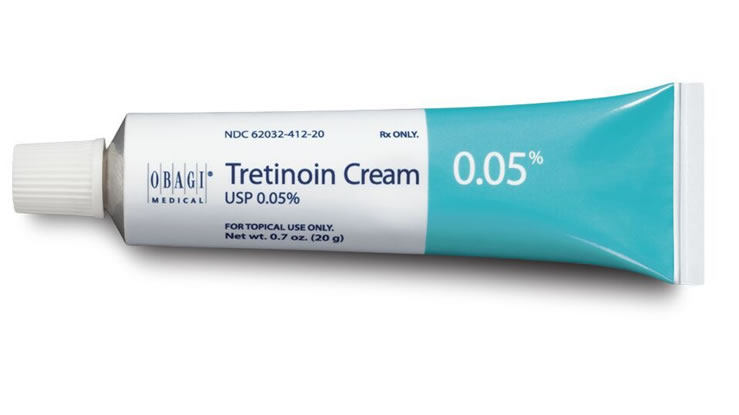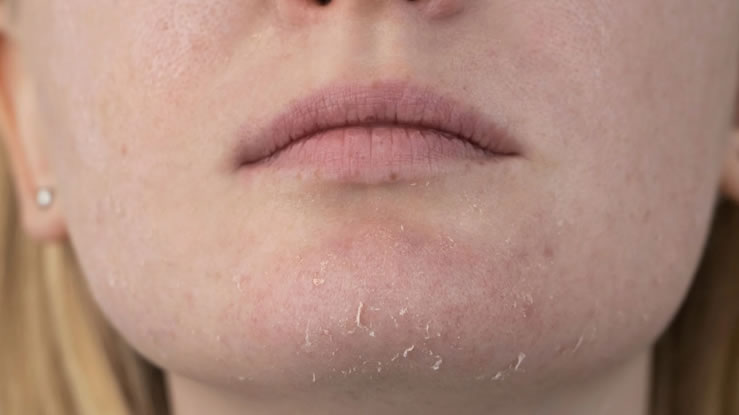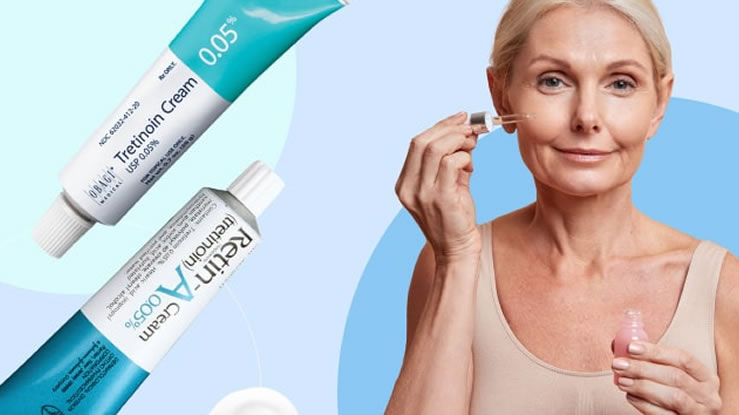Skin lightening peels are among the most requested cosmetic procedures for people dealing with uneven skin tone, dark spots, hyperpigmentation, and dull skin. Whether performed at a dermatologist’s office or in a medical spa, a lightening peel offers controlled exfoliation to rejuvenate the skin and lighten discoloration. But how exactly is this treatment done, and what can you expect from the process?
In this article, we break down what a lightening peel is, the different types used, how the procedure is done, what results to expect, possible side effects, and how to care for your skin afterward.
What Is a Lightening Peel?
A lightening peel is a chemical exfoliation treatment designed to reduce skin pigmentation issues such as melasma, sun spots, post-inflammatory hyperpigmentation, and general skin dullness. These peels involve applying a chemical solution to the skin that causes controlled damage to the top layers, prompting the body to shed old, pigmented skin and regenerate a new, even-toned layer.
Lightening peels are often part of a wider skin-lightening regimen, and they may be used on the face, neck, décolletage, or hands. The strength and type of peel used depend on the skin condition being treated and the client’s skin type.
Read Also>>>How long does radiofrequency skin tightening last?
Types of Lightening Peels
There are several types of chemical peels commonly used for skin lightening. They vary in strength and depth of penetration.
Glycolic Acid Peel
Derived from sugarcane, glycolic acid is a type of alpha hydroxy acid (AHA) that helps remove the top layer of the skin. It is particularly effective in treating mild hyperpigmentation and improving overall skin brightness.
Lactic Acid Peel
Lactic acid is a milder AHA derived from milk. It is often recommended for people with sensitive skin and provides light exfoliation while promoting hydration and radiance.
Mandelic Acid Peel
Mandelic acid has a larger molecular structure, which makes it gentler on the skin. It is useful for treating melasma and pigmentation in darker skin tones.
TCA (Trichloroacetic Acid) Peel
TCA peels are medium-depth peels that penetrate deeper into the skin. They are more aggressive and are used for stubborn pigmentation and deeper sun damage.
Cosmelan and Dermamelan Peels
These are prescription-level peels often used to treat severe melasma and pigmentation. They combine multiple active ingredients like kojic acid, phytic acid, and retinoids and offer long-term results when done under medical supervision.
Preparing for a Lightening Peel
Before undergoing a lightening peel, a consultation with a dermatologist or licensed aesthetician is essential. During this session, your skin will be evaluated for pigmentation type, sensitivity, and underlying skin conditions.
Patients are often asked to:
-
Avoid sun exposure for at least one week before the treatment
-
Discontinue use of retinoids or exfoliating products
-
Prepare the skin with brightening serums like vitamin C or hydroquinone for two weeks prior (in some cases)
Priming the skin helps ensure more uniform results and reduces the risk of post-inflammatory hyperpigmentation, especially in people with darker skin tones.
How Is a Lightening Peel Done?
The procedure for a lightening peel is relatively straightforward and usually takes about 30–60 minutes. The process varies slightly depending on the type of peel used but generally follows these steps:
Step 1: Cleansing and Preparation
The skin is thoroughly cleansed to remove makeup, oil, and impurities. A degreasing solution like alcohol or acetone may be applied to ensure the peel penetrates evenly. The provider may also place protective barriers around sensitive areas such as the eyes, lips, and nostrils.
Step 2: Application of the Chemical Peel
The chemical solution is applied evenly across the treatment area using a brush, gauze, or cotton-tipped applicator. You may feel a tingling, stinging, or warming sensation as the solution activates.
For superficial peels like glycolic or lactic acid, the peel may be left on for a few minutes before being neutralized. For deeper peels like TCA, the skin may frost (turn white), which indicates that the acid has reached deeper skin layers.
Step 3: Neutralization and Removal
Some peels are self-neutralizing, while others require a neutralizing agent to stop the chemical action. The provider will gently remove the peel and cleanse the area to soothe the skin.
Step 4: Aftercare and Moisturizing
A calming serum or moisturizer is applied to hydrate the skin, followed by a broad-spectrum sunscreen. Patients are given specific aftercare instructions, including how to care for peeling skin and avoid complications.
What to Expect After a Lightening Peel
Recovery time depends on the strength of the peel used.
-
Mild Peels (Glycolic, Lactic): Minimal downtime. Some redness or dryness may occur for 1–2 days.
-
Medium Peels (TCA, Mandelic): Expect redness, flaking, and peeling for 3–7 days. Sunscreen and moisturizers are essential.
-
Deep Peels (Cosmelan, High-TCA): More intensive peeling, lasting up to 10–14 days. These peels require a strict aftercare routine and sun avoidance.
Skin may look worse before it gets better. Peeling is a normal part of the process and should not be forced or picked at. Once the damaged skin sheds, the new skin underneath typically appears clearer, smoother, and more even in tone.
How Many Sessions Are Needed?
The number of sessions required depends on the severity of pigmentation and the desired outcome. Most patients need a series of 3–6 peels spaced 2–4 weeks apart to achieve optimal results.
For more severe conditions like melasma, peels are often combined with at-home skincare regimens, oral medications, or laser treatments.
Benefits of Lightening Peels
-
Reduces hyperpigmentation, melasma, and age spots
-
Improves skin texture and radiance
-
Evens out skin tone
-
Stimulates collagen production
-
Enhances absorption of skincare products
Risks and Side Effects
While generally safe, especially under professional supervision, lightening peels carry potential risks:
-
Temporary redness, dryness, or irritation
-
Prolonged peeling or crusting
-
Post-inflammatory hyperpigmentation (more common in darker skin tones)
-
Scarring (rare with superficial peels)
-
Infection if the skin is not properly cared for post-treatment
To reduce risk, always follow aftercare instructions and avoid sun exposure during recovery.
Who Should Avoid Lightening Peels?
Not everyone is a good candidate for chemical peels. Avoid this treatment if you:
-
Have open wounds, active eczema, or skin infections
-
Are pregnant or breastfeeding (in some cases)
-
Have taken isotretinoin (Accutane) in the past 6 months
-
Are prone to keloids or excessive scarring
-
Have very dark skin, unless treated by a specialist with experience in treating deeper skin tones
A professional will evaluate your suitability during the initial consultation.
At-Home vs Professional Peels
While many over-the-counter lightening peels exist, they are significantly less potent than professional peels. At-home options with glycolic or lactic acid can improve mild dullness or uneven tone, but for deeper pigmentation or melasma, in-office treatments are far more effective.
Professional peels also offer:
-
Greater control over treatment depth
-
Safer application
-
Better customization
-
Enhanced results with minimal complications
Combining Peels with Other Skin-Lightening Treatments
For long-term pigment control, lightening peels are often used in combination with:
-
Topical retinoids
-
Vitamin C serums
-
Hydroquinone (prescription lightener)
-
Tranexamic acid
-
Laser or IPL therapy
This multimodal approach often yields better, longer-lasting results than peels alone.
A lightening peel is a powerful treatment for reducing unwanted pigmentation and achieving a more radiant, even complexion. The procedure involves applying a chemical solution to the skin that exfoliates the outer layers and promotes cellular regeneration. With consistent sessions and proper care, many individuals see significant improvements in skin clarity and brightness.
While some may achieve noticeable results after just one treatment, the best outcomes often come from a series of peels combined with targeted skincare. Always consult a licensed professional to determine the best type and strength of peel for your skin type and goals.
